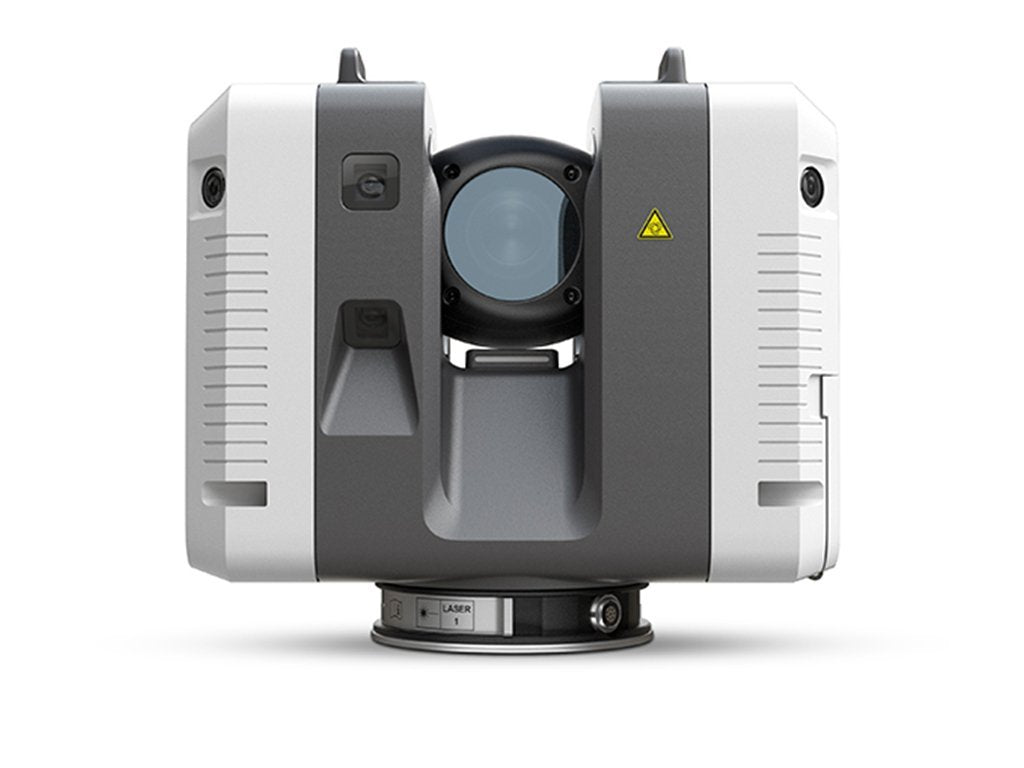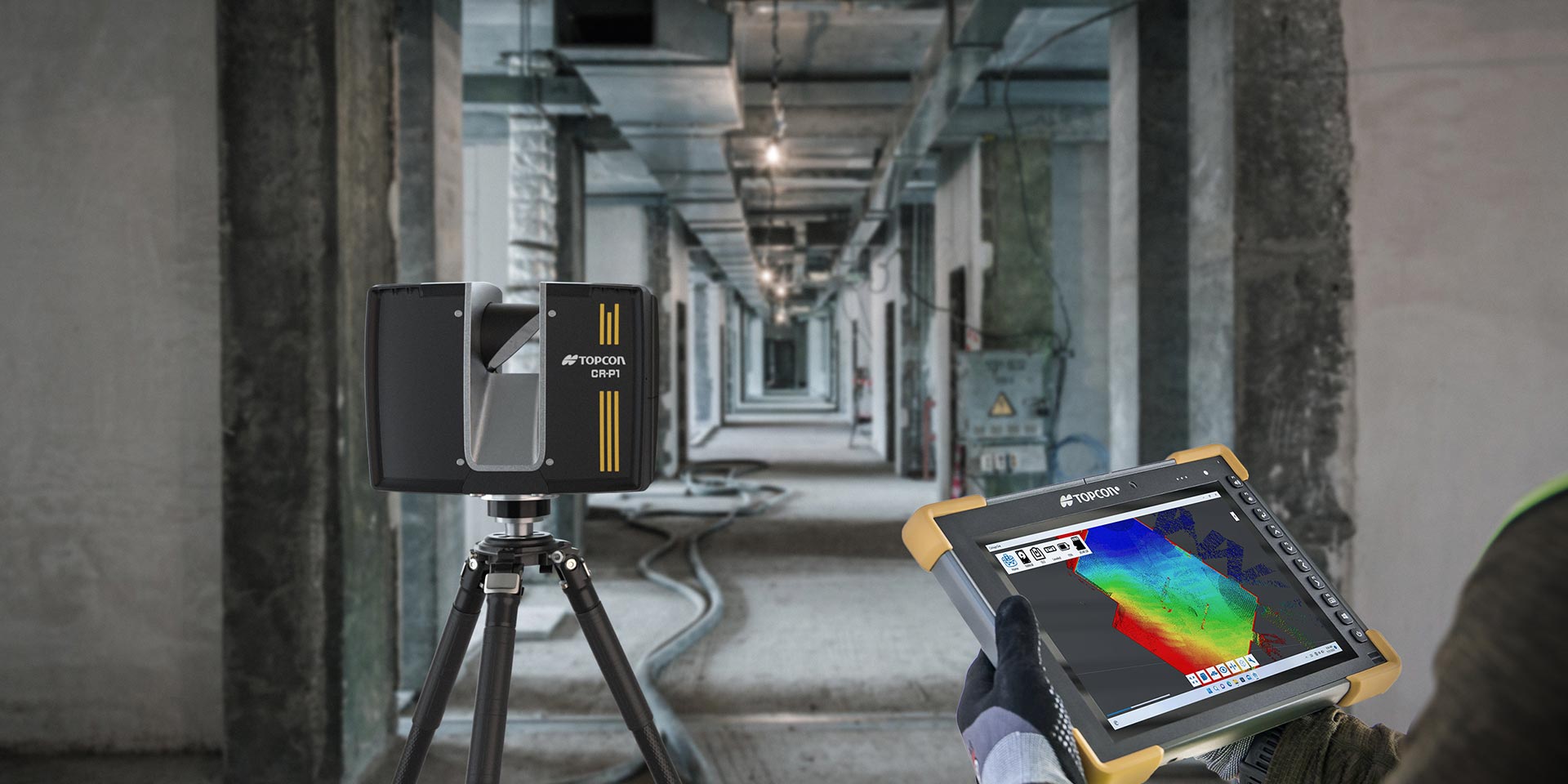Exploring the Applications of 3D Laser Scanning in Archaeology and Cultural Heritage Conservation
The integration of 3D laser scanning innovation in archaeology and social heritage preservation notes a significant innovation in how historic sites and artifacts are recorded and analyzed. This non-invasive technique gives accurate spatial information, disclosing elaborate information that were formerly challenging to catch. As the applications of this technology continue to advance, various ramifications for education, conservation, and documents arise, welcoming more exploration into its transformative influence on the field.
Comprehending 3D Laser Scanning Innovation
3D laser scanning modern technology has actually changed the area of archaeology by providing precise and comprehensive spatial data. This sophisticated innovation utilizes laser beam of lights to catch countless data points from an object or site, creating a highly accurate three-dimensional representation (3D Scanning). The resulting factor clouds can disclose complex information of historical sites, structures, and artefacts that could be unseen to the nude eye
Utilizing this technology, archaeologists can record the precise dimensions, forms, and placements of items with unprecedented precision. This approach lessens the risk of human mistake and gets rid of the need for extensive hand-operated measurements. The data accumulated can be examined and shared quickly, facilitating cooperation among scientists. By integrating 3D laser scanning with GIS and various other digital devices, archaeologists improve their ability to picture and interpret historic contexts, leading to much deeper insights into old cultures and atmospheres.
Enhancing Historical Paperwork
3D laser scanning substantially improves historical documentation with its capacity to create precise website maps. This technology assists in detailed artifact evaluation, providing insights that typical methods may forget. In addition, it ensures the conservation of contextual information, which is vital for recognizing the relationships within archaeological sites.
Precise Website Mapping
While typical mapping methods typically fight with recording the intricate details of archaeological sites, progressed laser scanning innovation provides an innovative method to precise website mapping. This technique makes it possible for excavators to develop very described and specific three-dimensional depictions of websites, showcasing topographical variants and architectural functions with exceptional integrity. The capability to catch countless data points in a matter of mins enables thorough documentation, which can be easily upgraded and shared amongst researchers. Furthermore, laser scanning helps with the measurement of complex geometries that would certainly be hard to analyze making use of traditional devices. Consequently, this innovation improves the accuracy of website maps, contributing considerably to the conservation and understanding of social heritage resources.
Detailed Artefact Analysis
Laser scanning technology substantially improves the analysis of historical artifacts, providing scientists with unmatched information and precision. This method records complex surface appearances, dimensions, and includes that conventional documentation methods may ignore. By generating high-resolution 3D versions, scholars can carefully check out artifacts without the threat of damage integral in physical handling. This precision enables far better comparative researches, enabling professionals to identify manufacturing strategies, stylistic variations, and possible social importance. In addition, the capability to adjust and visualize data in 3 measurements helps with a deeper understanding of artefact capability and usage. In general, laser scanning promotes an extra comprehensive technique to historical documents, ensuring that vital details concerning artefacts is preserved for future research and education.
Preservation of Contextual Data
Protecting contextual data is necessary for boosting historical documents, as it ensures that searchings for are understood within their original ecological and cultural frameworks. 3D laser scanning technology greatly contributes to this preservation effort by capturing detailed spatial relationships amongst artefacts, frameworks, and their atmospheres. By producing exact 3D designs, archaeologists can document the specific areas and alignments of items in situ, facilitating an extensive understanding of their context. This innovation enables researchers to take another look at and assess websites long after excavation, maintaining the integrity of contextual details. Additionally, digital documents developed with scanning can be shared worldwide, fostering joint research study and public engagement. Inevitably, protecting contextual data via 3D laser scanning enhances archaeological stories and promotes a more extensive recognition of cultural heritage.
Conservation of Cultural Heritage Sites
As improvements in technology remain to progress, the preservation of social heritage websites has actually ended up being increasingly dependent on ingenious approaches such as 3D laser scanning. This modern technology enables for the in-depth documents of landscapes, structures, and artefacts, capturing their exact dimensions and spatial connections in a non-invasive fashion. By creating high-resolution 3D versions, researchers can check and evaluate degeneration patterns, allowing aggressive preservation techniques.
Furthermore, 3D laser scanning facilitates the sharing of comprehensive website information with the international community, promoting partnership amongst guardians, archaeologists, and historians. These designs function as invaluable resources for education and public engagement, raising awareness of cultural heritage issues. Moreover, the digital documents developed can guard versus loss as a result of ecological aspects, vandalism, or overlook. In general, 3D laser scanning represents a transformative approach to the conservation of social heritage, making sure that these sites can be studied and valued by future generations.

Restoration and Reconstruction Efforts
The in-depth documents achieved through 3D laser scanning plays a significant function in repair and restoration initiatives within archaeology. This modern technology gives specific dimensions and high-resolution images, enabling exact electronic versions of frameworks and artifacts. These designs function as vital recommendations during remediation processes, enabling excavators to envision the initial style and make informed choices concerning techniques and products required for repair work.
3D laser scanning helps with the reconstruction of harmed or lost elements by producing comprehensive reproductions. This procedure help in making certain that restorations maintain historic integrity while additionally enabling innovative strategies to bring back websites. The capability to assess wear patterns and structural weak points with checked data boosts understanding of a site's historic context and its usage with time. 3D laser scanning not just maintains the physical elements of cultural heritage yet additionally enhances the narrative of history, leading future reconstruction ventures.
Educational and Research Study Opportunities
The integration of 3D laser scanning in archaeology opens considerable educational and study possibilities. Academic cooperations can improve the understanding of ancient websites, while specialized training workshops furnish experts with important abilities for utilizing this technology. With each other, these efforts foster a richer involvement with archaeological techniques and methods.
Academic Collaborations in Archaeology
Collaborative initiatives in archaeology have come to be progressively essential for progressing both educational and study chances. By cultivating collaborations among colleges, research Extra resources study establishments, and cultural heritage companies, these collaborations promote the exchange of understanding and sources, enhancing the high quality of archaeological research studies. Joint tasks commonly leverage diverse proficiency, permitting for detailed analyses and ingenious techniques, particularly in the application of innovations like 3D laser scanning. Such partnerships additionally promote interdisciplinary techniques, involving fields such as background, conservation, and geography scientific research. Furthermore, academic partnerships commonly lead to the development of new curricula and training programs, preparing the future generation of excavators to successfully make use of innovative technologies in their work. Ultimately, these alliances contribute to the preservation and understanding of cultural heritage.
Training Workshops for Professionals
Training workshops for professionals in archaeology are significantly essential for boosting abilities in the application of sophisticated innovations such as 3D laser scanning. These workshops offer participants with hands-on experience in utilizing cutting-edge equipment and software program, promoting a deeper understanding of data capture and evaluation procedures. Experts can learn to develop precise digital versions of historical sites, which significantly aid in documents and conservation efforts. In addition, these training sessions usually include conversations on ideal techniques and study, advertising understanding exchange among individuals. By buying continuous education and learning, professionals can remain updated on evolving modern technologies, eventually improving here the efficiency of their research and social heritage preservation initiatives. This commitment to ability enhancement is crucial for advancing the area of archaeology.
Future Trends in 3D Laser Scanning for Archaeology
As innovations in innovation remain to reshape numerous fields, the future of 3D laser scanning in archaeology guarantees to enhance both the precision and effectiveness of website paperwork and evaluation. Emerging patterns show a growing combination of expert system and artificial intelligence, promoting automated data handling and analysis. This evolution will permit archaeologists to analyze complicated datasets quicker, bring about faster understandings into historical contexts.
The combination of drone modern technology with 3D laser scanning is likely to expand, enabling complete airborne studies of historical websites that are difficult to access. The enhancing cost of scanning devices will certainly equalize accessibility, encouraging smaller sized establishments and independent scientists to make use of these devices effectively. Additionally, advancements in virtual reality and augmented reality will enable immersive experiences for public engagement and education, making archaeological searchings for extra accessible and interactive. These fads jointly signify a transformative future for archaeology, improving conservation initiatives and broadening the self-control's outreach.
Often Asked Concerns
Exactly How Much Does 3D Laser Scanning Devices Cost?

What Are the Limitations of 3D Laser Scanning?
The limitations of 3D laser scanning include high expenses, possible data handling obstacles, sensitivity to environmental problems, and trouble capturing elaborate information in intricate surface areas, which can impact the accuracy and completeness of checked depictions. (3D Scanning)

Can 3D Laser Scanning Be Utilized Underwater?
Yes, 3D laser scanning can be made use of undersea, however it requires customized devices and techniques to overcome obstacles such as water distortion and restricted visibility. Effective applications have been demonstrated in aquatic archaeology and underwater surveys.
For how long Does a Scanning Project Commonly Take?
A scanning job generally takes anywhere from a few days to a number of weeks, depending upon the intricacy and dimension of the area being scanned, together with the preparation and post-processing needs included in the task.
Are There Specific Software Program Demands for Handling 3D Scans?
Yes, details software application requirements for refining 3D scans consist of programs with the ability of handling big point clouds, such as Autodesk Wrap-up, Cyclone, or MeshLab. These tools promote analysis, visualization, and assimilation into different applications successfully.
The combination of 3D laser scanning modern technology in archaeology and cultural heritage conservation marks a considerable advancement in exactly how historic sites and artifacts are recorded and analyzed. 3D laser scanning innovation has actually transformed the area of archaeology by offering thorough and precise spatial data. As innovations in technology continue to develop, the conservation of social heritage sites has ended up being significantly dependent on innovative methods such as 3D laser scanning. As improvements in modern technology proceed to reshape various fields, the future of 3D laser scanning in archaeology guarantees to boost both the precision and performance of website documentation and analysis. The integration of drone innovation with 3D laser scanning is likely to broaden, allowing thorough aerial surveys of archaeological sites that are challenging to gain access to.